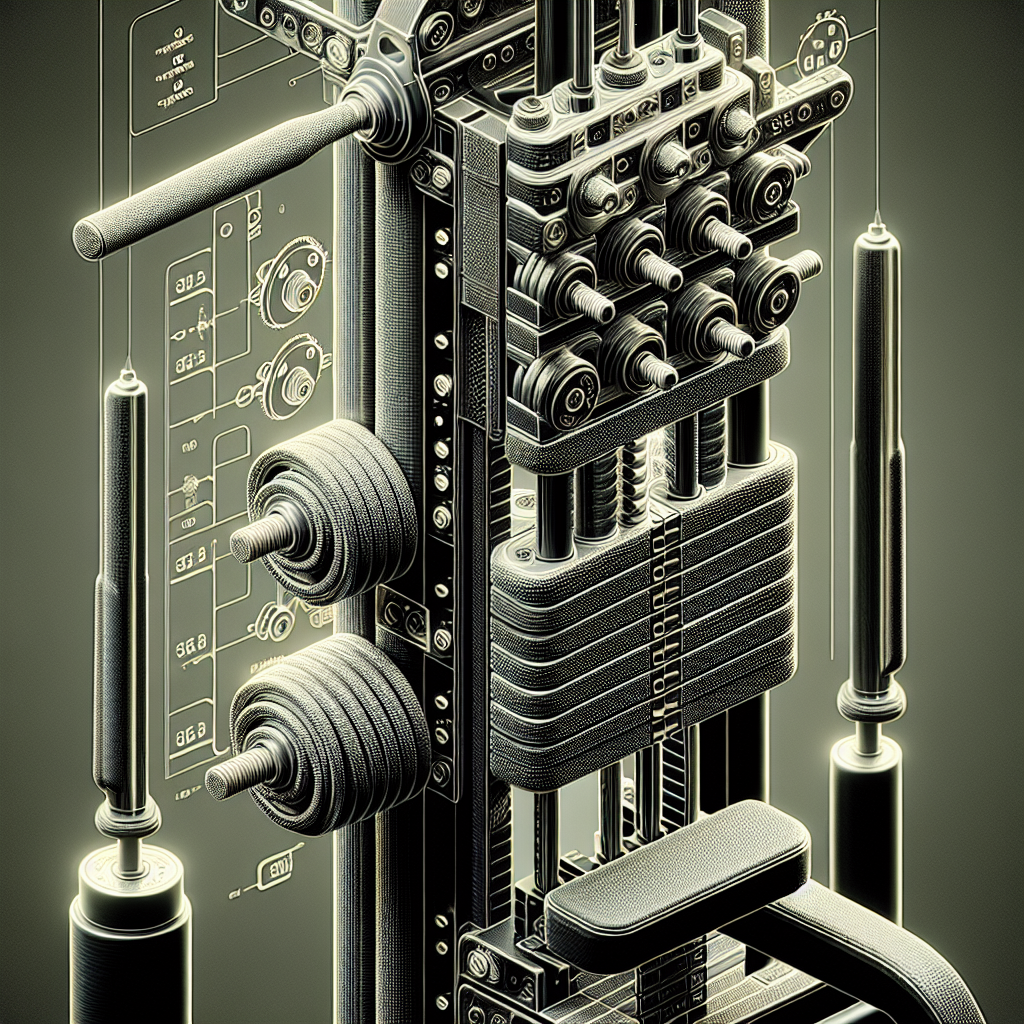When it comes to choosing the right gym weight machines, it is essential to consider the costs involved. In this article, I will examine the expenses associated with various modern gym machines, comparing them to provide a comprehensive overview. By highlighting the key features and benefits of each machine, we can gain valuable insights into their cost-effectiveness. Understanding the financial implications of these weight machines will enable gym-goers and fitness enthusiasts to make informed decisions and optimize their workout experience.
Comparing the Costs of Gym Weight Machines
When considering investing in gym weight machines, it is important to carefully evaluate the costs associated with each option. Gym weight machines come in various types, each offering different features and benefits. Understanding the cost factors and comparing the options can help individuals make an informed decision about which machines to incorporate into their fitness regimen.

Cost Factors to Consider
There are several key cost factors to consider when comparing gym weight machines. The initial purchase price is an obvious consideration, as it determines the upfront investment required. However, it is also crucial to factor in the long-term maintenance costs. Some machines may require regular servicing or specific replacement parts, contributing to ongoing expenses.
Another important cost factor is the space required for each machine. Different weight machines have unique spatial demands, and not all fitness facilities have ample space to accommodate them. It is essential to evaluate the available floor area and compare it with the space requirements of the machines under consideration.
Additionally, the durability and lifespan of the gym weight machines should be taken into account. Cheaper machines may have a shorter lifespan or be more prone to breakdowns, potentially resulting in higher repair or replacement costs in the long run. Considering the longevity of the machines, along with their warranty and customer support, is essential to make an informed decision.

Types of Gym Weight Machines
Gym weight machines can be categorized into different types, based on their functionality and design. Each type offers unique benefits and targets specific muscle groups. Understanding the different types can help individuals choose the machines that align with their fitness goals.
Strength Training Machines
strength training machines focus on building muscle strength by isolating specific muscle groups. These machines typically have weight stacks or plates that can be adjusted to vary the resistance. Examples of strength training machines include leg press machines, chest press machines, and lat pulldown machines.
Cardio Machines
Cardio machines are designed to improve cardiovascular fitness and enhance endurance. These machines engage the major muscle groups of the body, providing an effective cardiovascular workout. Popular examples of cardio machines include treadmills, stationary bikes, and elliptical trainers.
Multi-Functional Machines
Multi-functional machines combine different exercises and target various muscle groups within a single unit. These machines are ideal for individuals looking for versatility and efficiency in their workouts. Multi-functional machines often include attachments and stations to perform exercises such as chest presses, leg extensions, and cable crossovers.
Plate-Loaded Machines
Plate-loaded machines require users to manually load weight plates onto the machine. These machines provide a higher level of customization, as individuals can adjust the weight according to their specific needs. Plate-loaded machines are often found in commercial gyms and include leg press machines, shoulder presses, and lat pulldown machines.
Selectorized Machines
Selectorized machines have a built-in weight stack, allowing users to adjust the weight resistance by simply moving a pin. These machines are user-friendly and require minimal setup. Popular examples of selectorized machines include leg extension machines, chest fly machines, and shoulder press machines.
Cable Machines
Cable machines utilize cables and pulleys to provide resistance throughout the range of motion. These machines offer a wide variety of exercises and allow for fluid, unrestricted movements. Cable machines are often used to target specific muscle groups and improve overall muscle coordination and stability.
Upper Body Machines
Upper body machines specifically focus on strengthening the muscles of the upper body, including the chest, shoulders, back, and arms. Examples of upper body machines include chest press machines, shoulder press machines, and pull-up bars.
Lower Body Machines
Lower body machines are designed to target the muscles of the lower body, including the legs, glutes, and hips. These machines often offer exercises such as leg presses, leg curls, and hip abductions, helping individuals build lower body strength and enhance overall lower body aesthetics.

Summary
When comparing the costs of gym weight machines, it is important to consider factors such as the initial purchase price, long-term maintenance costs, space requirements, and durability. Additionally, understanding the different types of weight machines, such as strength training machines, cardio machines, multi-functional machines, plate-loaded machines, selectorized machines, cable machines, upper body machines, and lower body machines, can help individuals make an informed decision that aligns with their fitness goals. By carefully evaluating these factors and comparing the options, individuals can invest wisely in gym weight machines that offer both financial and fitness benefits.




One thought on “Comparing the Costs of Gym Weight Machines”